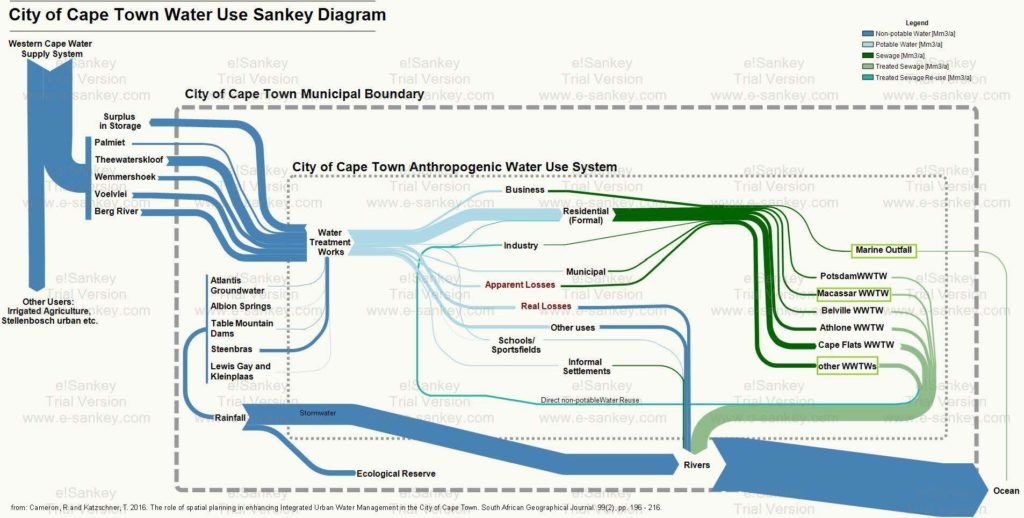Something in this technically well-crafted distribution diagram caught my attention, and at first I didn’t really know what it was…
This is from the Start Fund Report 2017. The Start Network is made up of 42 humanitarian aid agencies and “enables member NGOs and their partners to respond quickly to crises that would traditionally slip under the radar of humanitarian response”. Get more information on the Start Network here and on the Start Fund here.
This is a breakdown of “activated alerts” by geography, by crisis type and by activities that were triggered in the reporting period 01 April 2016 to 31 March 2017. Out of 74 alerts that year 43 resulted in activations (i.e. release of funds for immediate response to a humanitarian crisis).
So what made me stumble and raised my scepticism while looking at this diagram? Can you spot it?
[If you wish to find out yourself, stop here and do not read my thoughts below!]
I had intuitively tried to figure out the number of activated alerts in Africa. But how many alerts correspond to 50.7% out of 43? So I got out my pocket calculator and tried to get some integer numbers for the other values represented by the streams (or ‘bands’). I figured that the percentage values would probably be rounded to one decimal digit, but nevertheless could not get to any meaningful numbers for alerts per geography (nor per crisis type or per activities).
Next I thought that maybe this Sankey diagram doesn’t visualize absolute number of alerts, but rather the money that the fund distributed for these cases. But then, the sub-headline clearly states that it “shows activated alerts” and not “money distributed in response to activated alerts”.
The note “data is from alerts 77 to 150” under the diagram made me think: Hey, what if that was just a small typo and they are actually showing the distribution of 73 alerts instead of 43 alerts. Well, unfortunately none of the percentage values match with a base of 73 cases either and would yield absolute numbers.
My best guess, at present, is that we are actually looking at 150 alerts (the total number of cases the Start Fund has actually been activated over the last three years) and not at 43. Taking into account that the percentage values are rounded (50.66% 50.1%) this seems to be the best match producing mostly integer numbers. But I might be wrong…
Maybe the author of the graphic or the report wishes to shed some light on this… …
